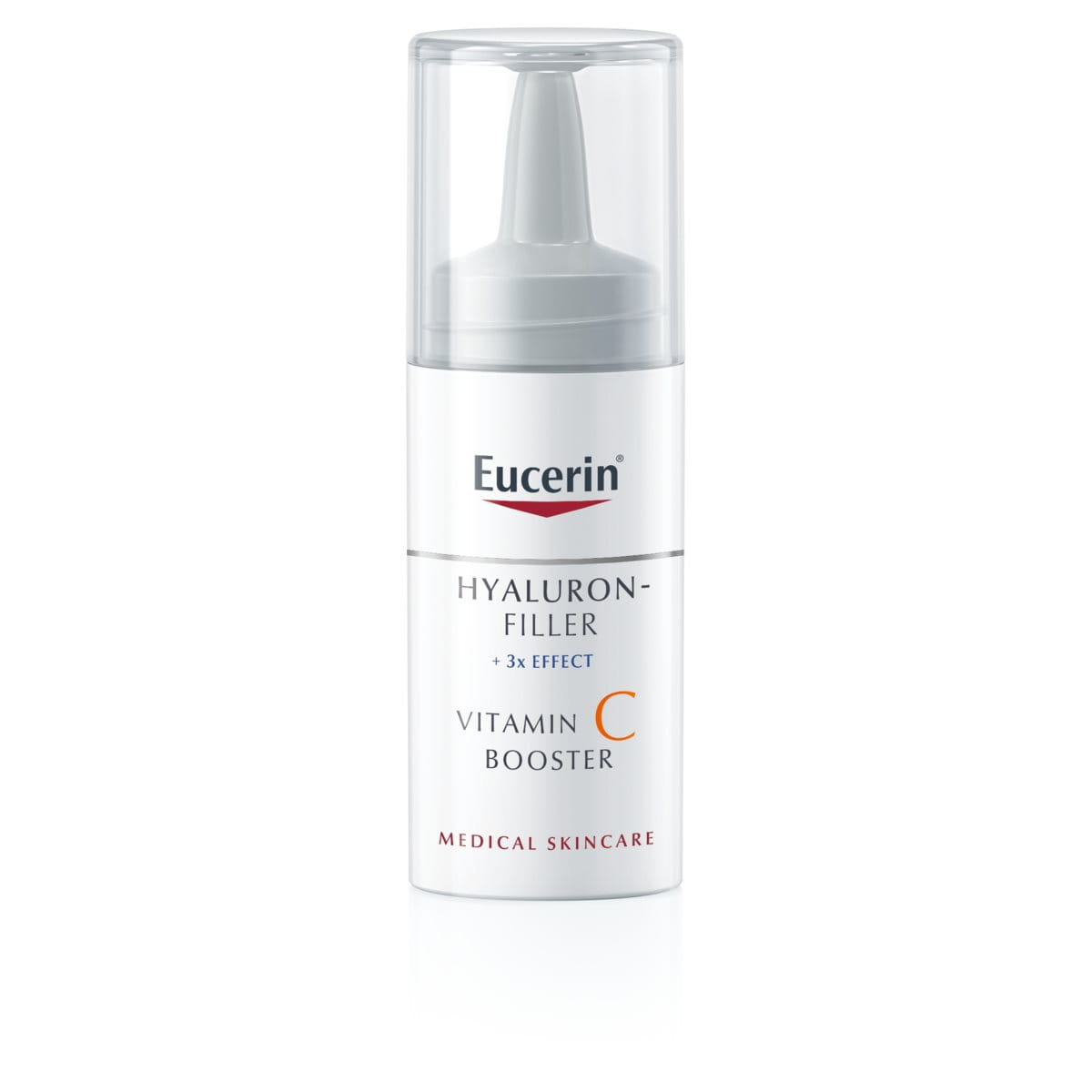Oxidative stress - an imbalance of natural processes
It´s proven that free radicals, produced due to an imbalance of oxidative and anti-oxidative processes --> called oxidative stress, cause ageing by damaging skin cells. The more damage they cause, the higher the chance of developing wrinkles and skin conditions including skin cancer.
Free radicals are induced by various factors, such as UV rays, smoking, air pollution, ozone, nutrition or chemical oxidants. With some lifestyle changes most of the factors can be influenced. Increased awareness might lead to reduction of oxidative stress and can have an impact on quality of life.
Sun: Adequate and consistent UV protection is recommended at any daytime as exposure to the sun’s rays is the primary external factor responsible for skin ageing via oxidative stress.
Smoking: The toxic chemicals contained in cigarettes are responsible for the increase of free radicals also in the skin. Smoking accelerates all elements of skin ageing, including wrinkles or loss of volume.
Pollution: Air pollution, as experienced in big cities, can trigger the formation of skin damaging free radicals. In addition, pollution aggravates the effects of sun exposure accelerating oxidative stress. Protecting the skin daily from this UV damage with an appropriate SPF product will slow this process.
Nutrition: Eating a diet rich in antioxidant-rich fruits and vegetables is vital. Antioxidants are molecules with the ability to neutralise the free radicals that damage skin and retard skin ageing.
Daily skin care routine: Good skin care is based on four basic steps: cleanse, tone, care and protect. This routine can protect facial skin from damaging external influences such as the sun, hot and cold climates and air pollution.
How Eucerin experts recognise oxidative stress
With a special method, the chemiluminescence-procedure (UPE = Ultraweak Photon Emission), it is possible to detect the production of free radicals as these, as part of their destructive effect, release photons (light quanta). With this method, defined areas of the skin are being irradiated with UVA and then the intensity and the disintegration of the emitted photons per second are being measured. The result of the chemiluminescence-measurement constitutes a parameter for the “oxidative” state of the skin. If after the application of effective products fewer photons are being measured, it is an indication for the anitoxidative effect of the product in question.




